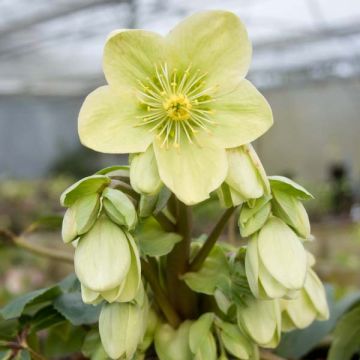Plantfit
Log in / Register
Existing customer?
New customer?
Create an account to track your orders, access our customer service and, if you wish, make the most of our upcoming offers.
My Account
Hello
Shipping country and language
Your country of residence may be:
For a better user experience on our website, you can select:
Your shipping country:
Andorra
Austria
Belgium
Bulgaria
Croatia
Czechia
Denmark
Estonia
Finland
France
Germany
Greece
Hungary
Iceland
Ireland
Italy
Latvia
Lithuania
Luxembourg
Monaco
Netherlands
Poland
Portugal
Romania
Slovakia
Slovenia
Spain
Sweden
Switzerland
Language:
French
English
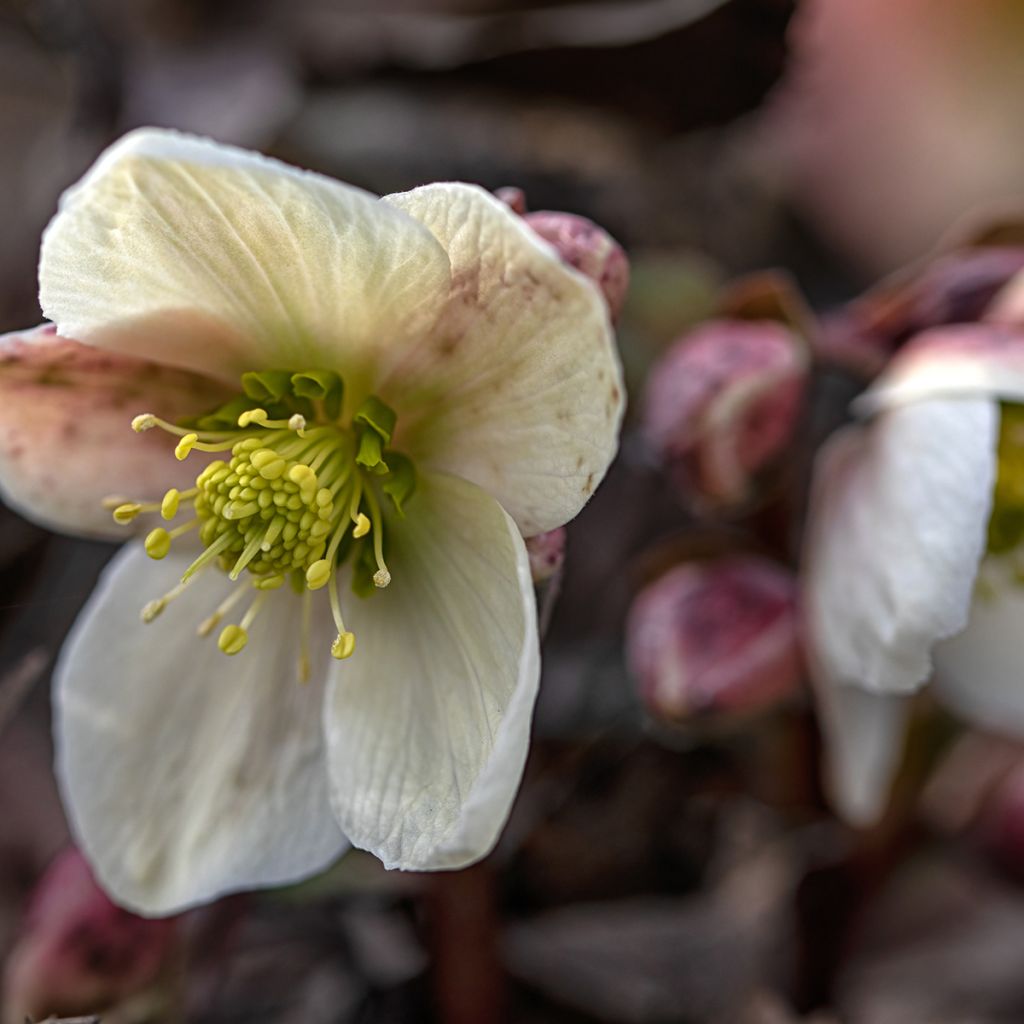

Helleborus x nigercors Emma
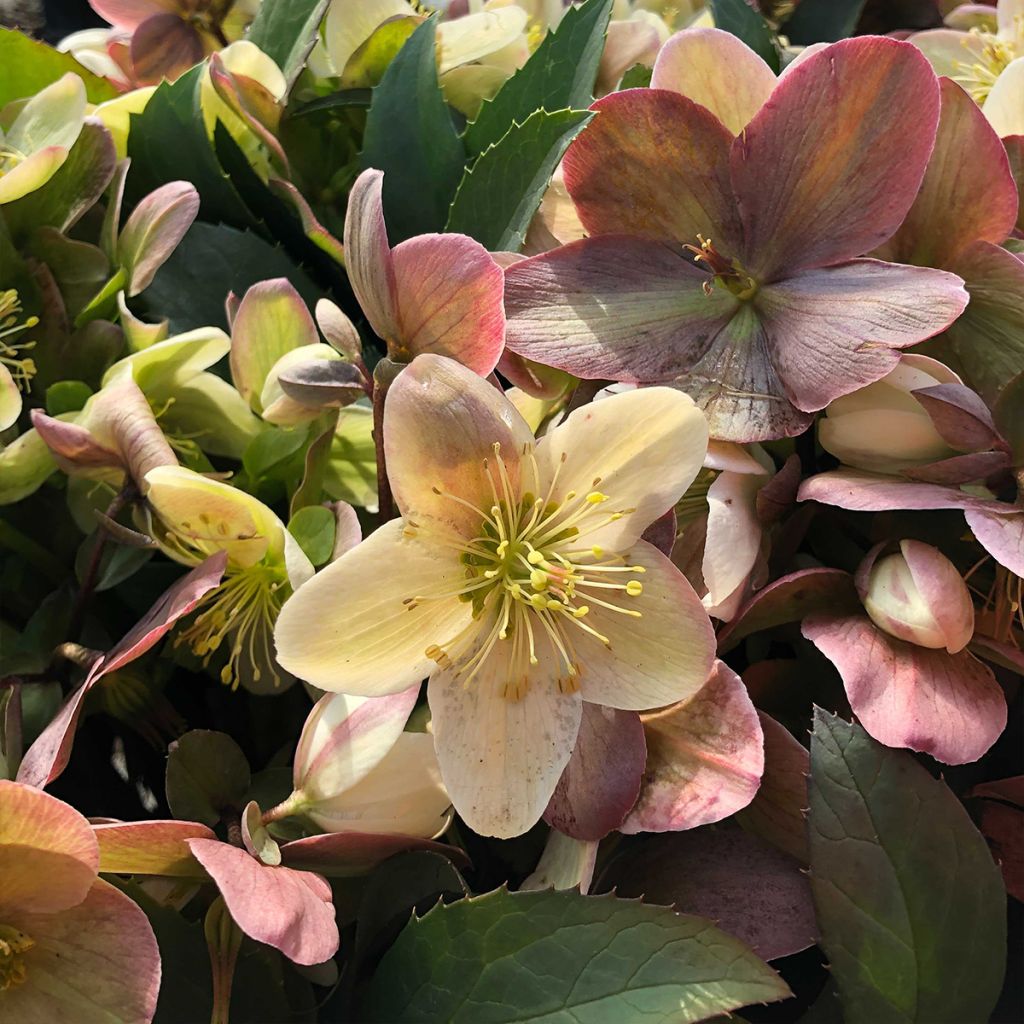

Hellébore nigercors Emma
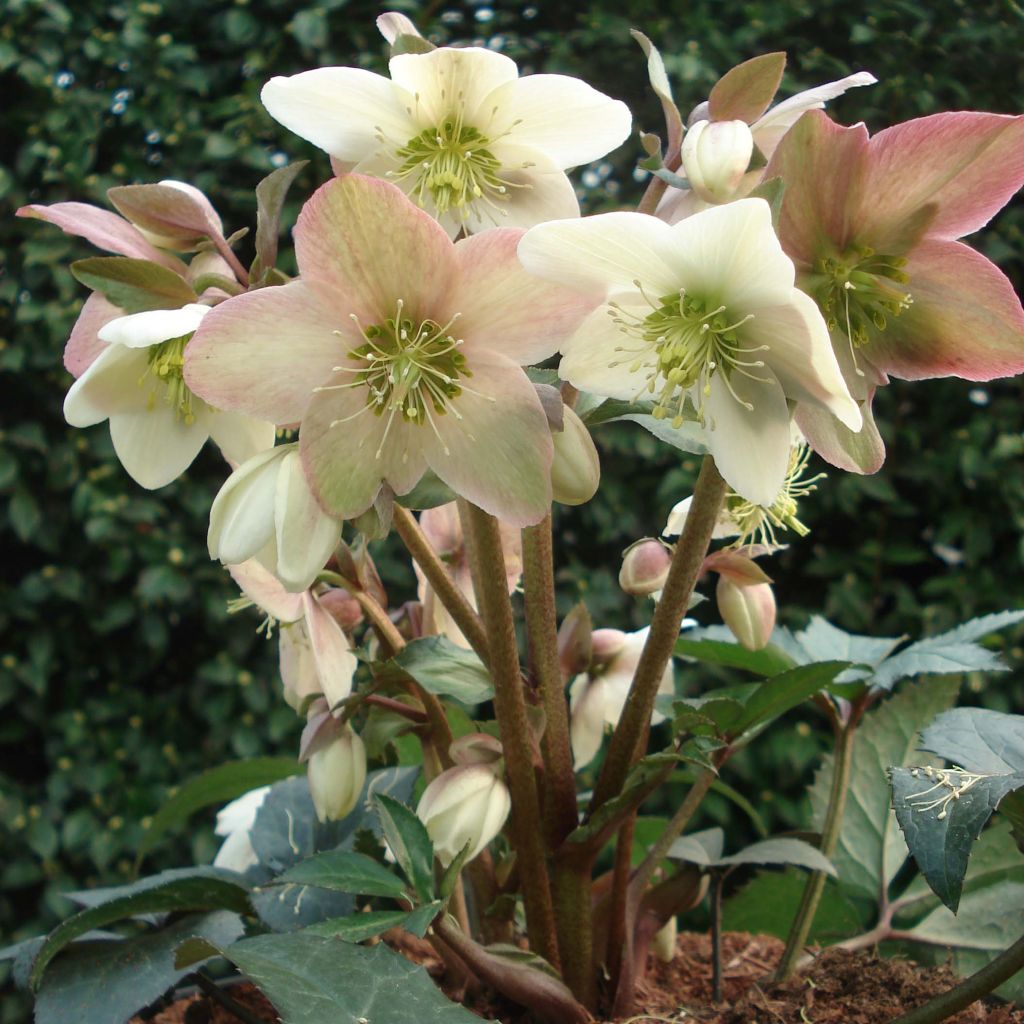

Hellébore nigercors Emma
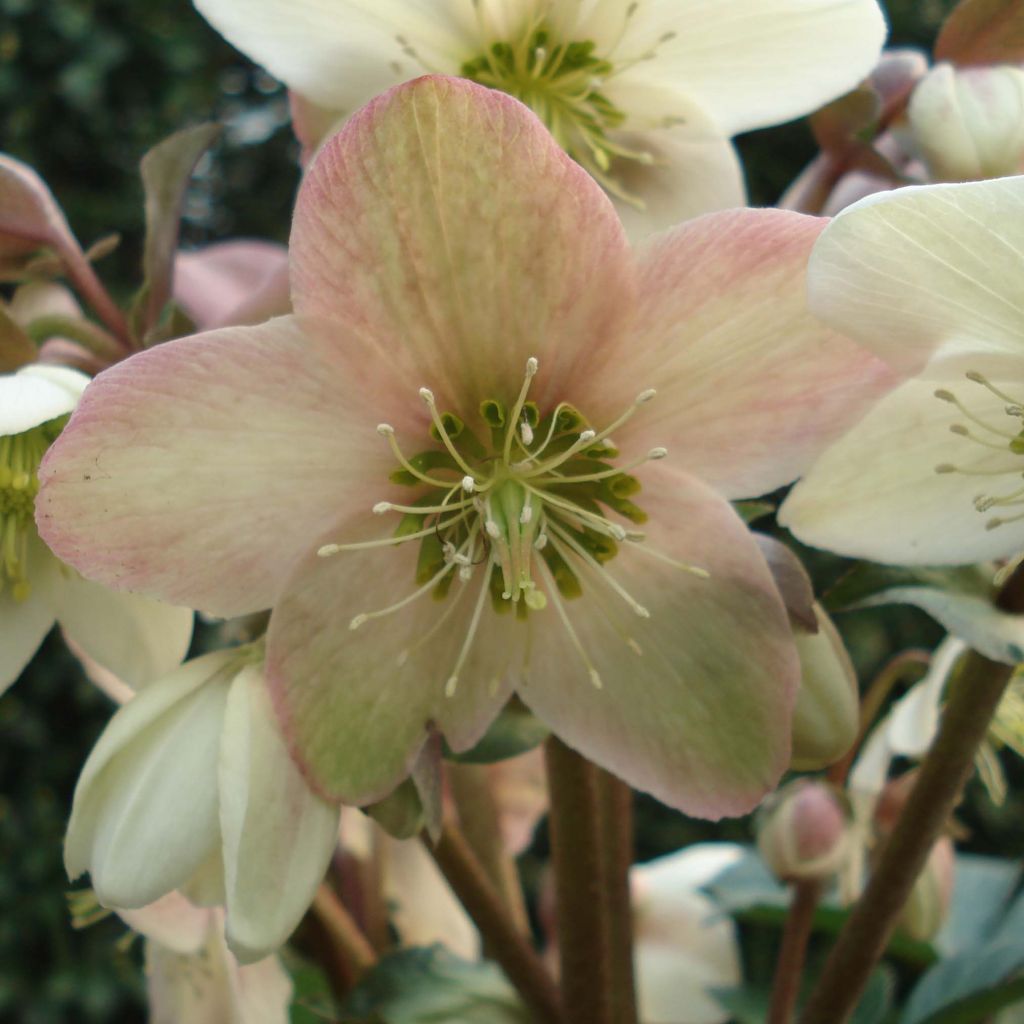

Hellébore nigercors Emma
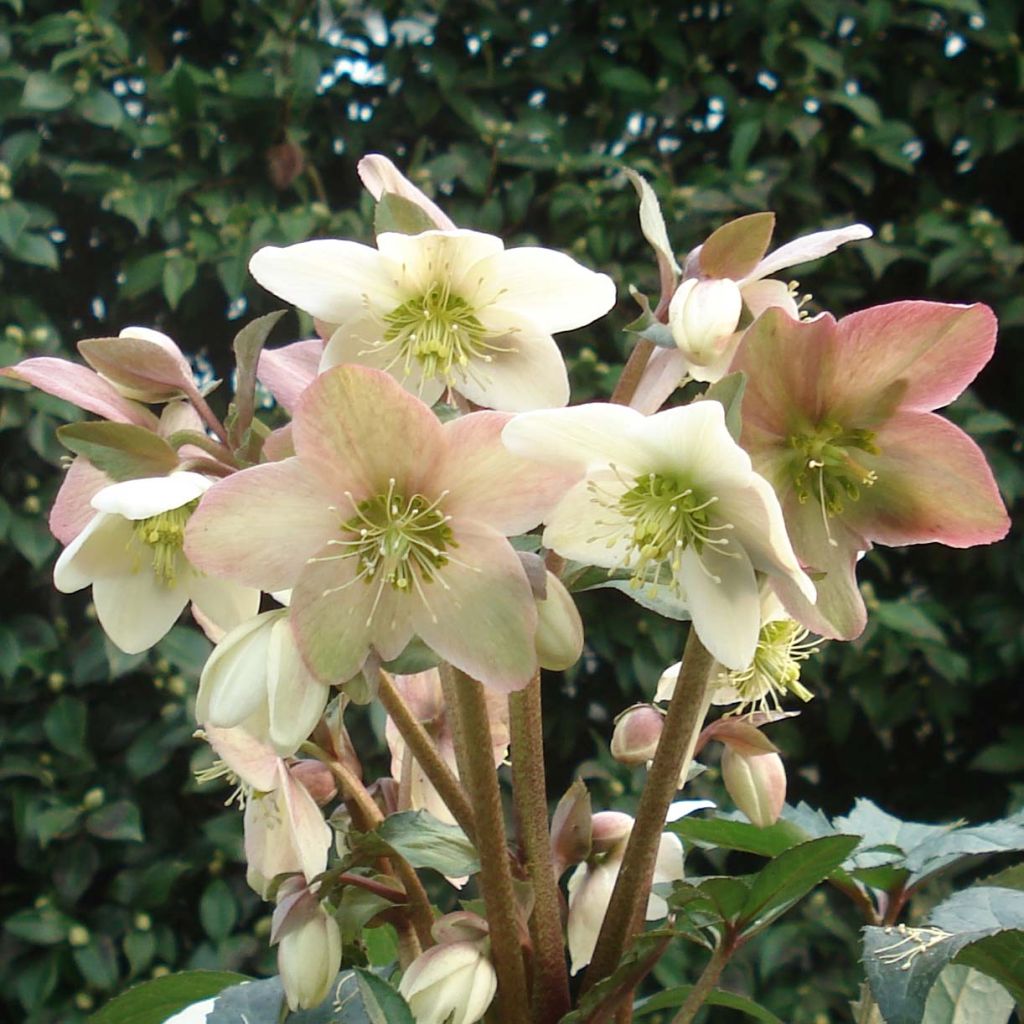

Hellébore nigercors Emma
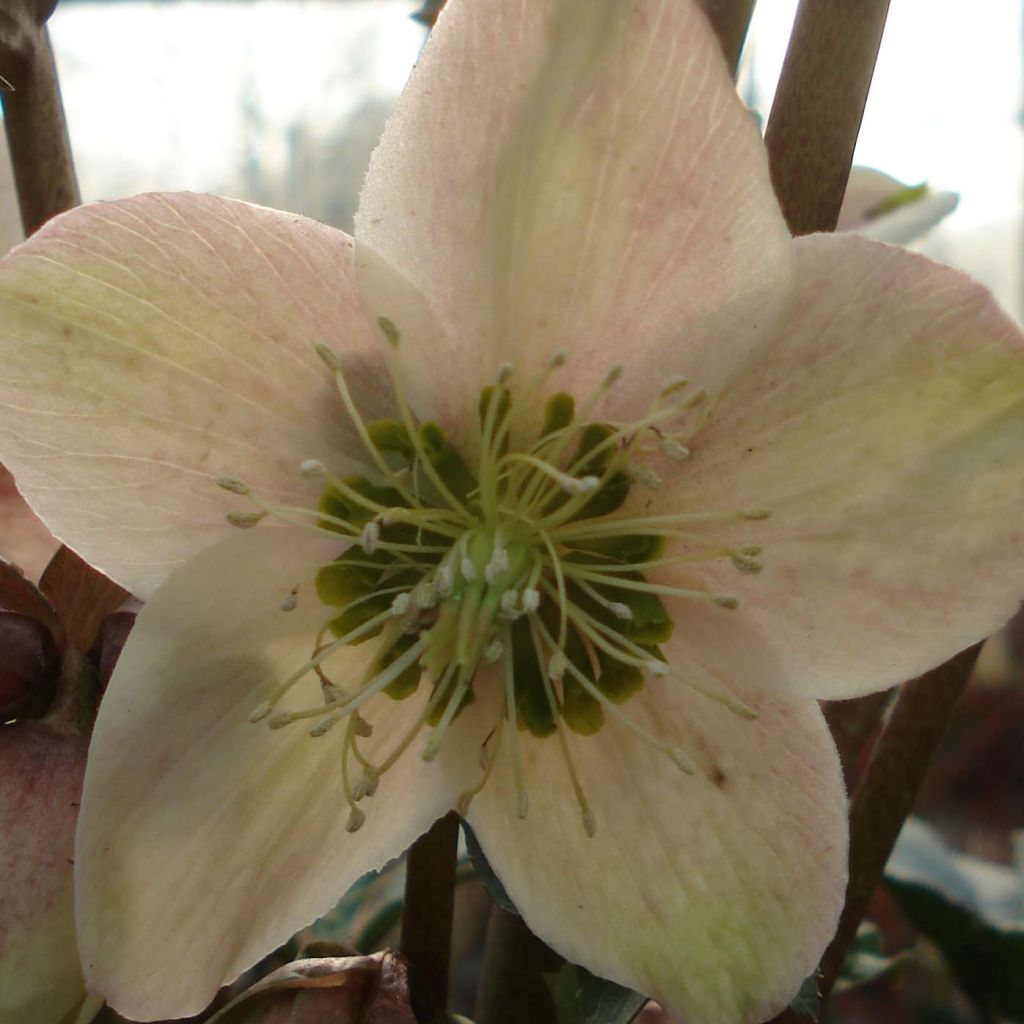

Hellébore nigercors Emma
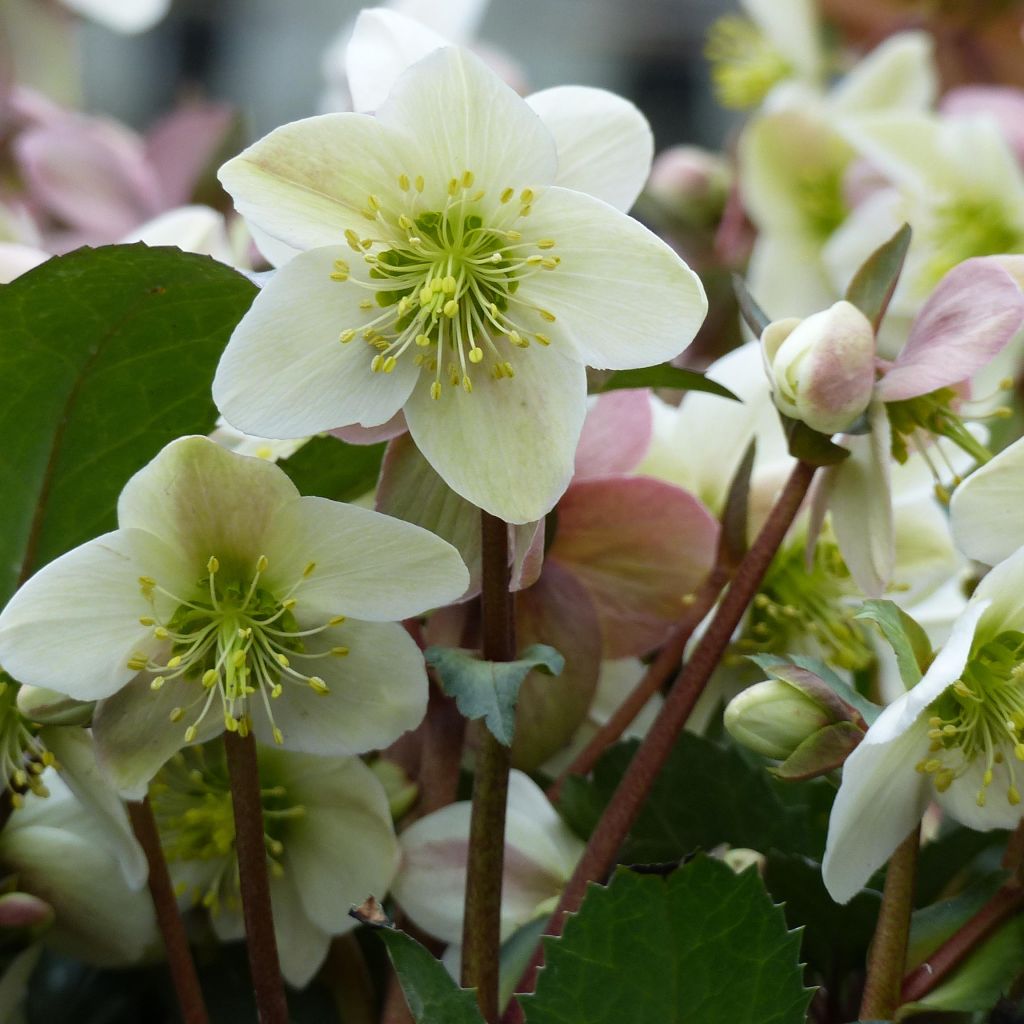

Helleborus x nigercors Emma
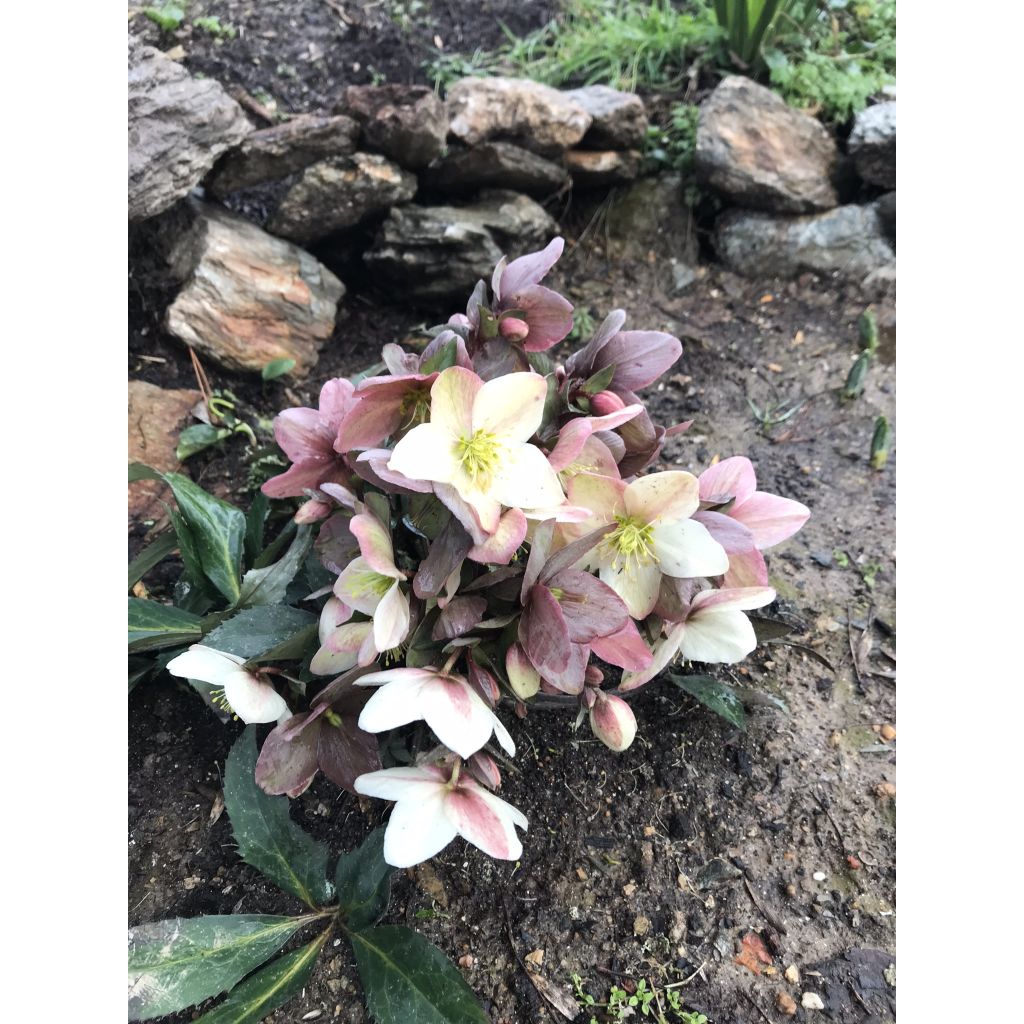

Helleborus x nigercors Emma
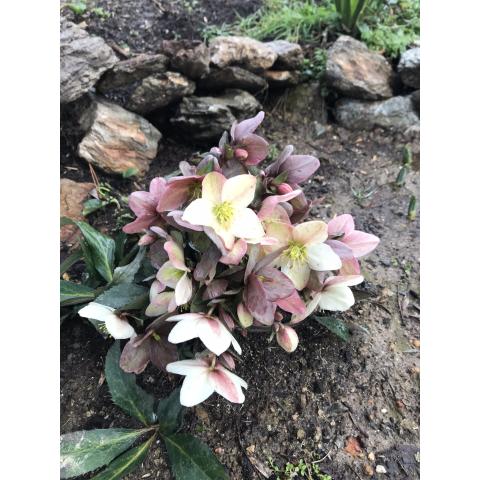
Charlotte R.

View more pictures
Hide images
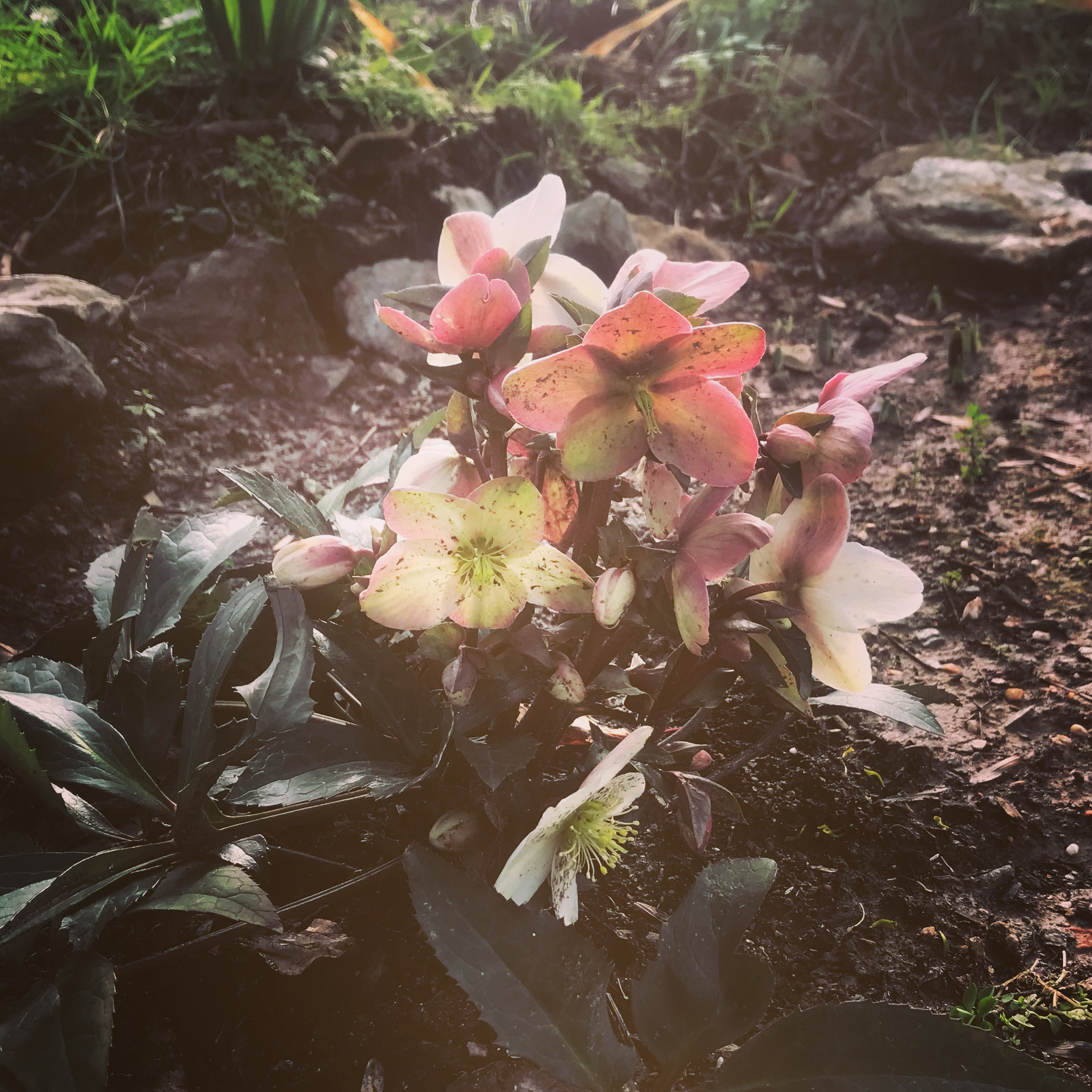
Charlotte R.

Charlotte R. • 56 FR
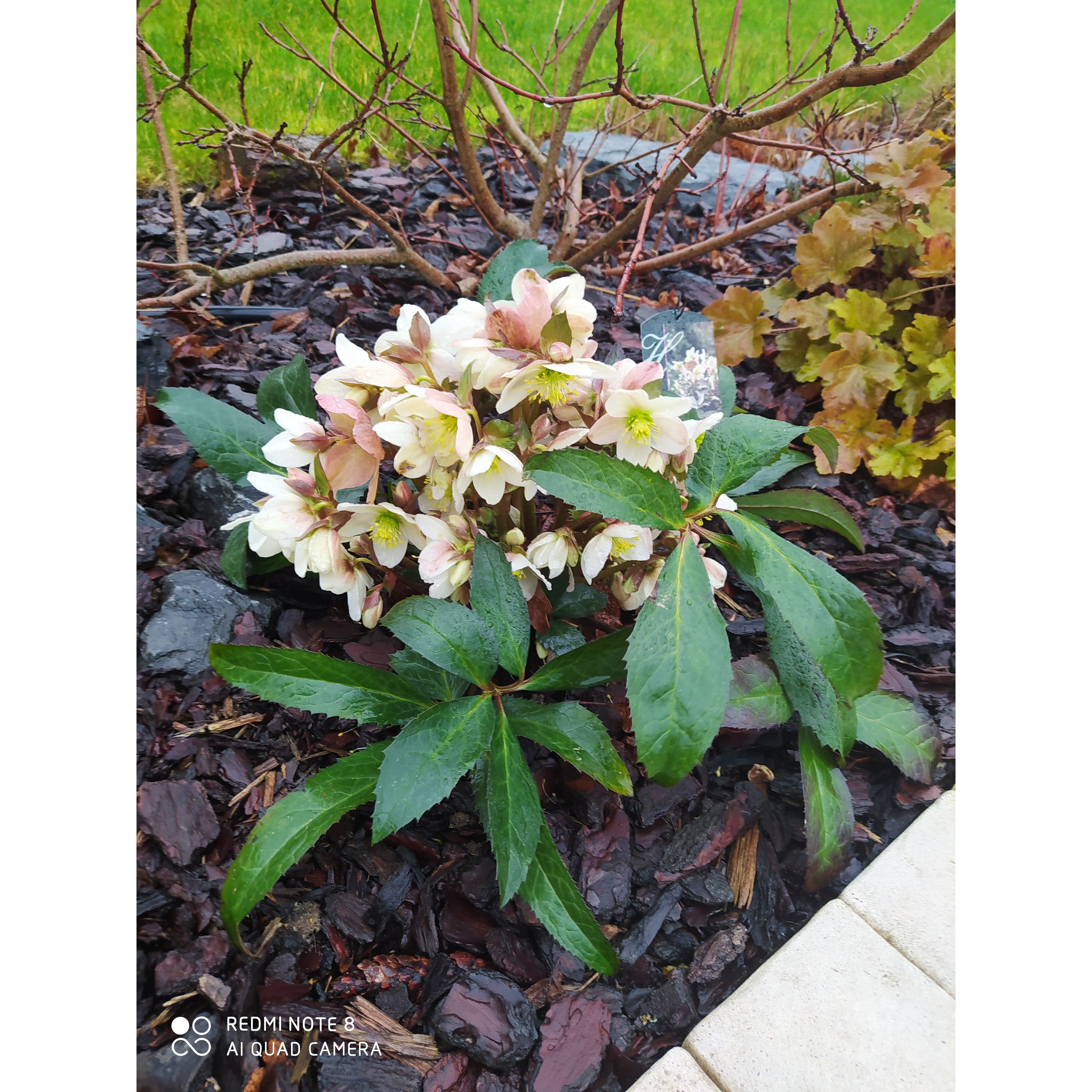
Christelle D.

Hellébore Nigercors Emma
Christelle D. • 37 FR
Helleborus x nigercors Emma
Helleborus x nigercors Emma®
Hellebore
The young plant was healthy. I planted it right away and it quickly settled in. Leaves and stems are forming. I can't wait to see its flowers!
Florence, 18/11/2022
Order in the next for dispatch today!
Dispatch by letter from €3.90.
Delivery charge from €5.90 Oversize package delivery charge from €6.90.
More information
This item is not available in your country.
Select delivery date,
and select date in basket
This plant carries a 12 months recovery warranty
More information
We guarantee the quality of our plants for a full growing cycle, and will replace at our expense any plant that fails to recover under normal climatic and planting conditions.
From €5.90 for pickup delivery and €6.90 for home delivery
Express home delivery from €8.90.

Does this plant fit my garden?
Set up your Plantfit profile →
Description
Hellebore x nigercors Emma is a particularly robust and floriferous Christmas rose, a truly undemanding perennial plant that will not disappoint. This vigorous variety produces many white flowers with a rosy reverse from December to April depending on the climate. Their colour evolves over the days, with the plant forming a bouquet of white corollas, tinged with pink, purple or even light chocolate. They are borne on brown stems above very beautiful, strongly-toothed, dark and leathery leaves. This hellebore will live for many years in the garden, in most climates and even in occasionally dry soils.
Hellebores belong to the ranunculaceae family. Hellebore x nigercors Emma is a horticultural hybrid resulting from the cross-breeding of Helleborus niger (the true Christmas rose), widespread on the forest slopes of the central and eastern Alps up to an altitude of 1800 m (5905ft), on limestone soil, and Helleborus argutifolius (Corsican hellebore), native to Mediterranean mountain ranges.
Hellebore Emma is a sturdy perennial plant with remarkable longevity, slow-growing but sterile; propagation will only be possible by dividing the clumps. Its habit is bushy; an adult plant will reach 25 to 30 cm (10 to 12in) high and 50 cm (20in) in spread. From December to March-April, purple-brown stems appear bearing pink buds that open into wide white flowers measuring 6-7 cm (2-3in), with green stamens. They fade into different shades of pink, purple and brown. The evergreen foliage is composed of fairly tough leaves, 10 to 30 cm (4 to 12in) long, borne on brownish petioles and divided into 5 to 7 ovate or lanceolate, satin-green, strongly toothed segments. This Hellebore is hardy down to -20°C (-4°F) and tolerates a wide range of soils, limestone or clayey, humiferous or sandy, constantly moist or even dry in summer.
One of the main advantages of this hellebore is its long and exuberant flowering. From the first year, more than twenty flowers appear on the plants. New flowers constantly form, creating a beautiful contrast between the new and faded flowers. These flowers can be used in bouquets. It is also a good ground cover for partially shaded areas of the garden. Use hellebores like elements of an old tapestry, mixing them with brightly coloured woodland plants. They are highlighted when planted near Pieris, moderately sized rhododendrons, under conifers (especially on windy sites), surrounded by primroses, wood anemones, corydalis, dicentras, cardamines, or spring-flowering bulbs and snowdrops. You can also accompany them with ferns and shade irises to create a beautiful contrast a little later in the season. They can be planted in groups, like a bouquet, near the entrance of the house, in a shaded location, to enjoy their early flowering up close. They are suitable for flower beds, borders and containers,... Over time, the flowers of the Hellebore do not wither like the majority of other flowers but dry up instead.
Helleborus x nigercors Emma in pictures
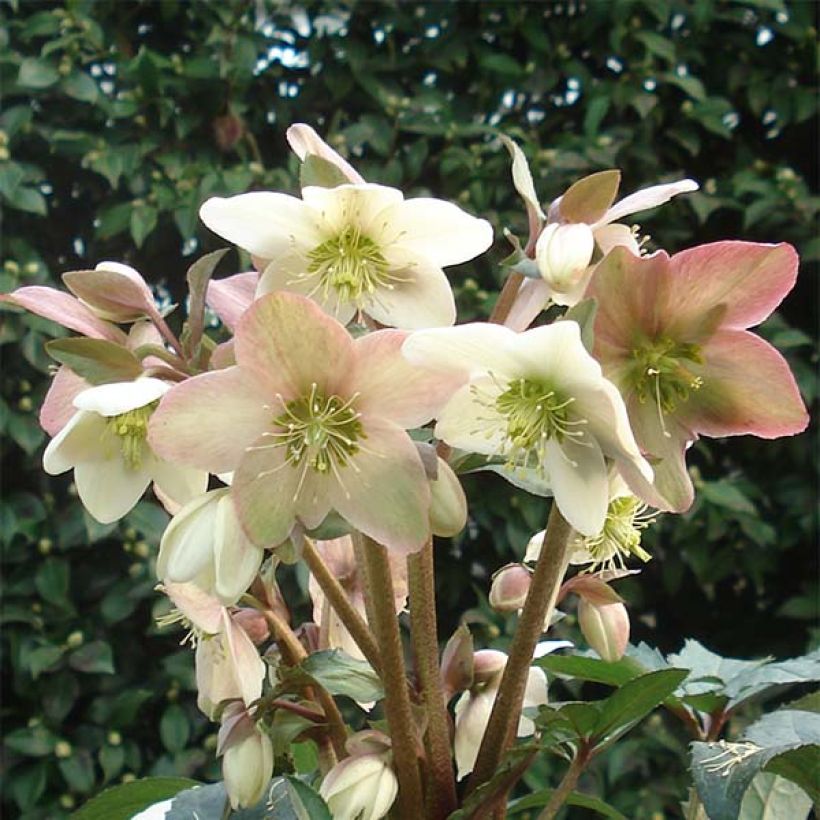

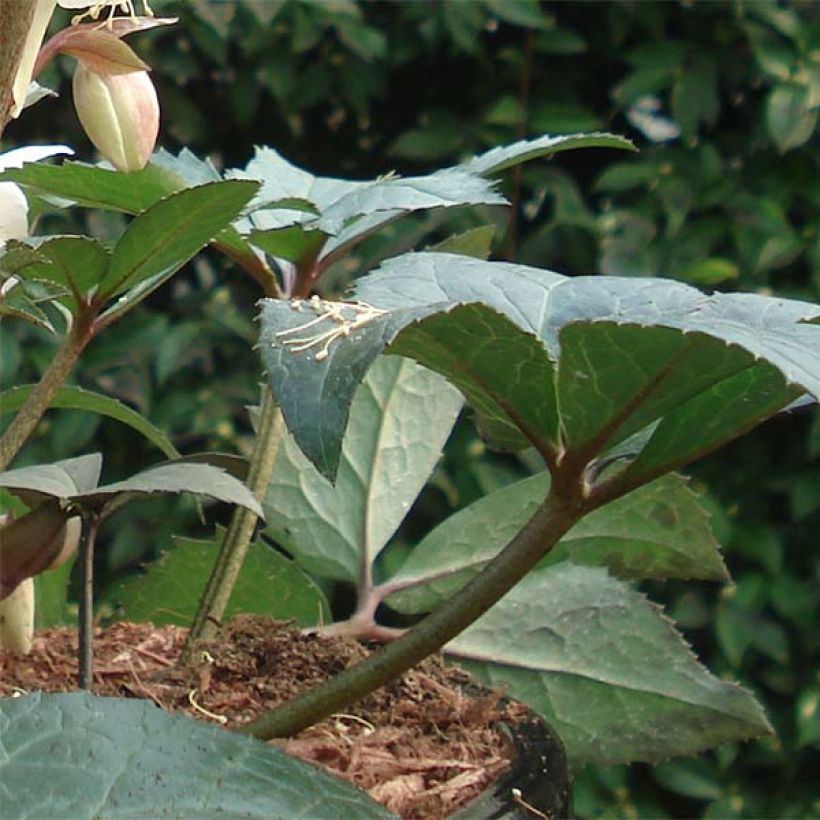

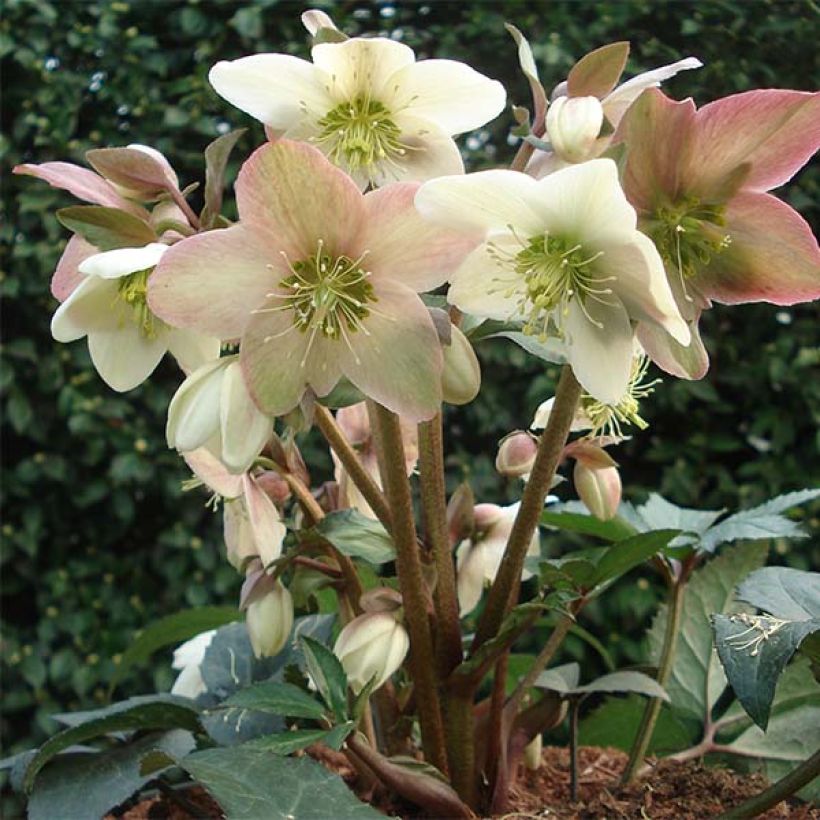

Flowering
Foliage
Plant habit
Botanical data
Helleborus
x nigercors
Emma®
Ranunculaceae
Hellebore
Cultivar or hybrid
Planting and care
Hellebore x nigercors Emma is undemanding on the nature of the soil: it tolerates limestone and soils dry in summer. However, it particularly appreciates rich, rather heavy and well-worked soils. Plant it in partial shade in neutral to alkaline, fertile soil enriched with leaf compost, kept moist to help it establish. Incorporate good compost at planting. Hellebore does not like stagnant water which can cause its roots to rot. Planting under the light shade of large leafy trees is perfect. These are easy-to-care-for plants, but they should not be stressed or disturbed. These perennials also have a reputation for being stay-at-home: once well-established, they do not like to be transplanted. Young plants can take 2 to 3 years, sometimes more, before flowering. Over the weeks, their colour darkens, but they do not wilt like most flowers, they dry up instead.
On a balcony or terrace, plant them in pots 4 to 5 times larger than them, as they need space to develop their root system. most hellebores can withstand temperatures as low as -15°C (5°F) without suffering, allowing them to adapt to almost all regions.
Planting period
Intended location
Care
- , onOrder confirmed
Reply from on Promesse de fleurs
Shade-loving perennials
Haven't found what you were looking for?
Hardiness is the lowest winter temperature a plant can endure without suffering serious damage or even dying. However, hardiness is affected by location (a sheltered area, such as a patio), protection (winter cover) and soil type (hardiness is improved by well-drained soil).

Photo Sharing Terms & Conditions
In order to encourage gardeners to interact and share their experiences, Promesse de fleurs offers various media enabling content to be uploaded onto its Site - in particular via the ‘Photo sharing’ module.
The User agrees to refrain from:
- Posting any content that is illegal, prejudicial, insulting, racist, inciteful to hatred, revisionist, contrary to public decency, that infringes on privacy or on the privacy rights of third parties, in particular the publicity rights of persons and goods, intellectual property rights, or the right to privacy.
- Submitting content on behalf of a third party;
- Impersonate the identity of a third party and/or publish any personal information about a third party;
In general, the User undertakes to refrain from any unethical behaviour.
All Content (in particular text, comments, files, images, photos, videos, creative works, etc.), which may be subject to property or intellectual property rights, image or other private rights, shall remain the property of the User, subject to the limited rights granted by the terms of the licence granted by Promesse de fleurs as stated below. Users are at liberty to publish or not to publish such Content on the Site, notably via the ‘Photo Sharing’ facility, and accept that this Content shall be made public and freely accessible, notably on the Internet.
Users further acknowledge, undertake to have ,and guarantee that they hold all necessary rights and permissions to publish such material on the Site, in particular with regard to the legislation in force pertaining to any privacy, property, intellectual property, image, or contractual rights, or rights of any other nature. By publishing such Content on the Site, Users acknowledge accepting full liability as publishers of the Content within the meaning of the law, and grant Promesse de fleurs, free of charge, an inclusive, worldwide licence for the said Content for the entire duration of its publication, including all reproduction, representation, up/downloading, displaying, performing, transmission, and storage rights.
Users also grant permission for their name to be linked to the Content and accept that this link may not always be made available.
By engaging in posting material, Users consent to their Content becoming automatically accessible on the Internet, in particular on other sites and/or blogs and/or web pages of the Promesse de fleurs site, including in particular social pages and the Promesse de fleurs catalogue.
Users may secure the removal of entrusted content free of charge by issuing a simple request via our contact form.
The flowering period indicated on our website applies to countries and regions located in USDA zone 8 (France, the United Kingdom, Ireland, the Netherlands, etc.)
It will vary according to where you live:
- In zones 9 to 10 (Italy, Spain, Greece, etc.), flowering will occur about 2 to 4 weeks earlier.
- In zones 6 to 7 (Germany, Poland, Slovenia, and lower mountainous regions), flowering will be delayed by 2 to 3 weeks.
- In zone 5 (Central Europe, Scandinavia), blooming will be delayed by 3 to 5 weeks.
In temperate climates, pruning of spring-flowering shrubs (forsythia, spireas, etc.) should be done just after flowering.
Pruning of summer-flowering shrubs (Indian Lilac, Perovskia, etc.) can be done in winter or spring.
In cold regions as well as with frost-sensitive plants, avoid pruning too early when severe frosts may still occur.
The planting period indicated on our website applies to countries and regions located in USDA zone 8 (France, United Kingdom, Ireland, Netherlands).
It will vary according to where you live:
- In Mediterranean zones (Marseille, Madrid, Milan, etc.), autumn and winter are the best planting periods.
- In continental zones (Strasbourg, Munich, Vienna, etc.), delay planting by 2 to 3 weeks in spring and bring it forward by 2 to 4 weeks in autumn.
- In mountainous regions (the Alps, Pyrenees, Carpathians, etc.), it is best to plant in late spring (May-June) or late summer (August-September).
The harvesting period indicated on our website applies to countries and regions in USDA zone 8 (France, England, Ireland, the Netherlands).
In colder areas (Scandinavia, Poland, Austria...) fruit and vegetable harvests are likely to be delayed by 3-4 weeks.
In warmer areas (Italy, Spain, Greece, etc.), harvesting will probably take place earlier, depending on weather conditions.
The sowing periods indicated on our website apply to countries and regions within USDA Zone 8 (France, UK, Ireland, Netherlands).
In colder areas (Scandinavia, Poland, Austria...), delay any outdoor sowing by 3-4 weeks, or sow under glass.
In warmer climes (Italy, Spain, Greece, etc.), bring outdoor sowing forward by a few weeks.
